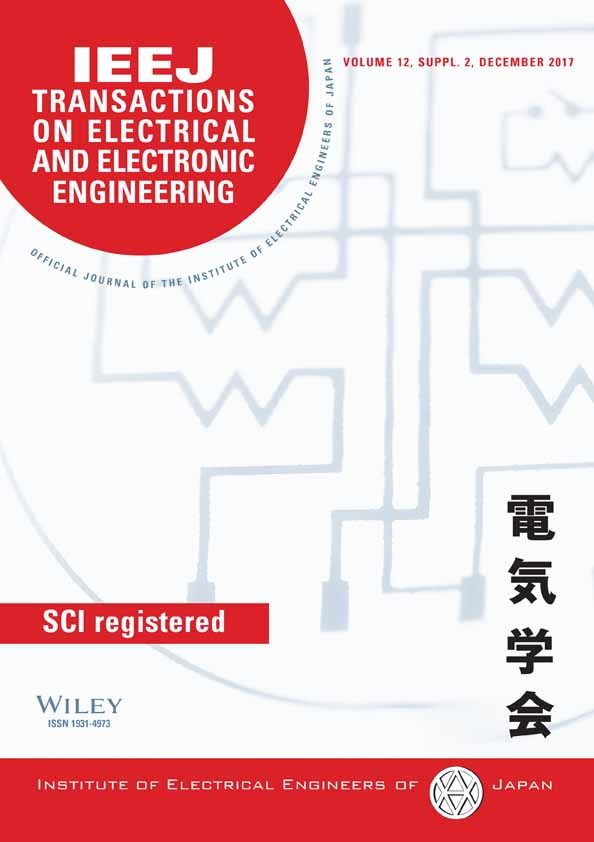PLSNet: hierarchical feature extraction using partial least squares regression for image classification
Abstract
In this paper, we propose an image classification method using partial least squares (PLS) regression. PCANet is a hierarchical feature extraction using principal component analysis (PCA) for image classification, which obtained high accuracies on a variety of datasets. PCA projects explanatory variables on a subspace that the first component has the largest variance. In contrast to PCA, PLS projects explanatory variables on a subspace that the first component has the largest covariance between explanatory and objective variables. If class labels are used as objective variables, the subspace is more suitable for classification than PCA. Therefore, we combine PLS with the network architecture of PCANet and call the method ‘PLSNet’. It obtained higher accuracies than PCANet on the MNIST and CIFAR-10 datasets. Furthermore, we improve the way to learn filters at the second stage and call the method ‘Improved PLSNet’. It obtained higher accuracies than PLSNet.




